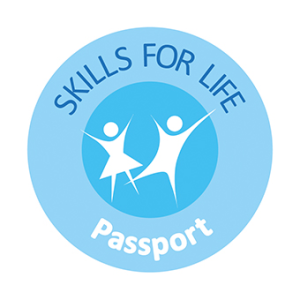Module 2, Session 1 Lesson Plan
Completion requirements
Module 2, Session 1 - Communication
![]() To help children practise how to
be good listeners.
To help children practise how to
be good listeners.
YOU NEED:
- Our Agreement
- Whiteboard or large sheet of paper
- My Apple Book 1 (optional)
 Starter
and Agreement
Starter
and Agreement
- Playing ‘Apple says!’ (see Starter Activities) is a good way to start this session because children need to listen carefully in the game. Leave the Agreement on the wall, and remind the children about it if necessary.
 Recap
Recap
- Tell the children to think about their last Apple’s Friends session. Ask if anyone can remember what it was about. If they can’t, feel free to prompt or remind them that they listened to a story, discussed how the characters felt and created an ending to the story. Invite them to say what they learned from the session.
 Activity
1: I’m not listening!
Activity
1: I’m not listening!
- Choose a child who enjoys speaking in front of the class. Ask the child to come to the front. Choose a topic that is easy for them to talk about (e.g. what I like doing in my spare time, my family, my favourite TV programme). Tell them to start telling you about it, so that everyone can hear. As the child speaks, don’t listen to them – do something else (polishing your nails, reading a book, looking out of the window) and make it obvious you are not listening.
- Ask the children if you were listening or not. How did they know? How did they feel when they saw that you were not listening? Has it ever happened to them that somebody did not listen to them? How did they feel?
- If you prefer, you can get another child to ignore the speaker, instead of doing it yourself. Whisper to them how to show that they are not paying attention. You could invite two or three pairs of children to demonstrate this.
- Ask the children how we know if someone is not listening to us. You can make suggestions – the person carries on doing something else, they don’t look at you, they ignore you, they look elsewhere.
 Activity 2: Listening
Activity 2: Listening
- Ask the children if they think it is important to listen to other people and why. Ask them how we can show someone that we are listening to them. Write up their suggestions so that everyone can see. You may need to give some ideas – stop what we are doing, look at the person who is speaking, show interest, ask questions about what they are saying. Get the children to generate as many ideas as possible. They can write or draw their ideas in their My Apple Book 1.
- Tell the children that they are going to practise being good listeners. Ask the child who helped you before, or another chatty child, to come back to the front of the class. Choose another easy topic for them and ask them to start telling you about it, so that everyone can hear. This time show how to be a good listener – pay attention to the child, don’t do anything else, ask questions about the topic.
- Ask the rest of the class to identify the listening signs that you used. Did you use all the suggestions on the board?
- Ask two children to come to the front. Tell them to repeat the exercise, taking turns. Tell them that we want to see how well they can listen to each other. Ask the listener to re-tell as precisely as possible what the speaker has said.
- Finally, ask all the children to practise these skills by working in pairs. They can tell each other anything they like – about their family, their favourite TV show, their favourite activity outside school. One child listens to the other for a minute, and then the roles are reversed.
- Bring all the children back again and ask a few volunteers to tell everyone whether their friend was listening to them.
- How did they understand that their friend was listening?
- How did they feel seeing their friend was listening?
- Did they listen to their friend themselves?
- How did they try to show that they were listening?
- What did they learn from their friend’s story?
- Would they have learned this if they were not listening to the friend?
- Keep the list of good listening signs. You may want to refer back to it in future sessions.
 Reflection
Reflection
- Spend a few minutes doing one of the Reflection Activities.
No unauthorised downloading, copying or reproduction is permitted. If you want to use this material in any way you must obtain a written licence from Partnership for Children.
Last modified: Tuesday, 8 August 2023, 12:07 PM
